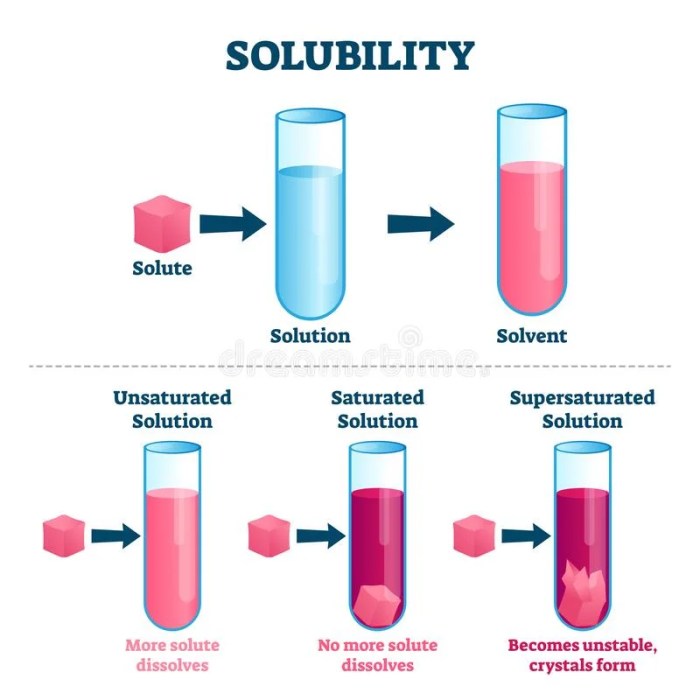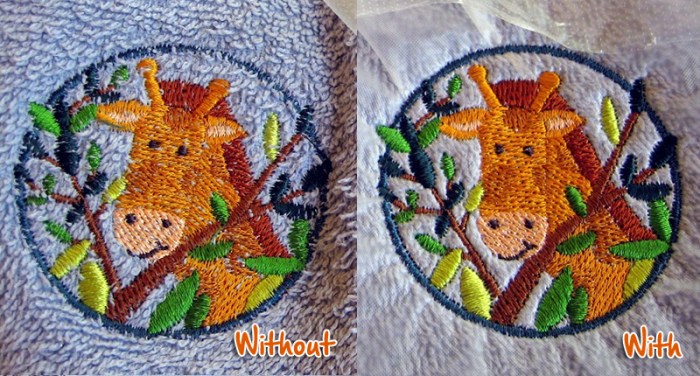What attributes best describe watercolor paints? This question opens up a fascinating exploration into the unique characteristics and capabilities of this versatile medium. From its transparent washes to its vibrant pigments, watercolor paints offer artists a wide range of expressive possibilities.
In this comprehensive guide, we will delve into the defining attributes of watercolor paints, examining their transparency, color mixing properties, techniques, composition, and versatility. By understanding these attributes, artists can harness the full potential of this captivating medium.
Transparency and Washes: What Attributes Best Describe Watercolor Paints

Watercolor paints are renowned for their transparency, allowing artists to create luminous and ethereal effects. They consist of fine pigments suspended in a water-soluble binder, which enables them to form transparent layers on paper. Washes are created by diluting watercolor paints with water, resulting in a fluid medium that can be applied in thin, even layers.
The transparency of watercolor washes allows for the creation of depth and atmosphere, as layers of color can be built up gradually, creating a sense of space and distance. Artists can control the level of transparency by varying the amount of water used; more water creates lighter, more transparent washes, while less water results in more opaque, saturated colors.
Techniques for Achieving Different Levels of Transparency
-
-*Wet-on-wet
This technique involves applying wet paint onto a wet surface, allowing the colors to blend and flow together, creating soft, ethereal effects.
-*Wet-on-dry
Applying wet paint onto a dry surface results in more defined edges and allows for greater control over the placement of color.
-*Dry brush
Using a brush with minimal water content, artists can create textured effects by dragging the brush across the paper, leaving behind subtle strokes of color.
-*Glazing
Applying thin, transparent layers of paint one over another, allowing each layer to dry before applying the next, builds up color and creates a sense of depth and luminosity.
Color Mixing and Pigments
Watercolor pigments are unique in their properties compared to other mediums. They are highly concentrated and possess a wide range of hues, from vibrant primaries to subtle earth tones. The transparency of watercolor paints allows for a wide range of color mixing techniques, enabling artists to create both subtle and bold color combinations.
Color Mixing Techniques Specific to Watercolor Paints
-
-*Direct mixing
Mixing colors directly on the palette before applying them to the paper results in vibrant, saturated hues.
-*Indirect mixing
Applying different colors side by side on the paper and allowing them to blend together creates softer, more subtle transitions.
-*Washes
Mixing colors by diluting them with water and applying them in thin layers allows for the creation of nuanced, transparent effects.
Impact of Pigments on Lightfastness and Durability
The pigments used in watercolor paints vary in their lightfastness, which refers to their resistance to fading over time. Some pigments, such as cadmium yellow and ultramarine blue, are highly lightfast, while others, such as alizarin crimson and phthalo green, are more fugitive and may fade over time.
The durability of watercolor paintings is also affected by the paper used, as acidic papers can cause the pigments to deteriorate.
Techniques and Applications

Watercolor painting encompasses a diverse range of techniques, each producing unique textures and effects. These techniques allow artists to express their creativity and explore the expressive potential of the medium.
Techniques Used in Watercolor Painting, What attributes best describe watercolor paints
-
-*Glazing
Applying thin, transparent layers of paint one over another, allowing each layer to dry before applying the next, builds up color and creates a sense of depth and luminosity.
-*Dry brush
Using a brush with minimal water content, artists can create textured effects by dragging the brush across the paper, leaving behind subtle strokes of color.
-*Impasto
Applying thick, opaque layers of paint creates a raised, textured surface, adding depth and dimension to the painting.
-*Sponging
Using a sponge to apply paint creates a soft, textured effect, often used to create clouds or water.
-*Masking
Applying masking fluid to areas of the paper protects them from paint, allowing artists to create crisp edges and patterns.
Composition and Color Theory

Composition and color theory play a crucial role in watercolor painting, guiding artists in creating visually appealing and meaningful works. Understanding the principles of composition and color theory enables artists to arrange elements effectively, create focal points, and convey emotions through their paintings.
Importance of Composition in Watercolor Painting
-
-*Balance
Arranging elements within the painting to create a sense of equilibrium and stability.
-*Contrast
Using contrasting colors, values, or textures to create visual interest and emphasize certain elements.
-*Focal point
Directing the viewer’s attention to a specific area of the painting, creating a sense of hierarchy.
-*Rule of thirds
Dividing the painting into thirds, both horizontally and vertically, and placing important elements along these lines or at their intersections.
Application of Color Theory to Watercolor Paints
-
-*Color wheel
Understanding the color wheel and its relationships, such as complementary colors and analogous colors, helps artists create harmonious and visually appealing color combinations.
-*Warm and cool colors
Warm colors, such as reds, oranges, and yellows, evoke feelings of warmth and energy, while cool colors, such as blues, greens, and purples, create a sense of coolness and serenity.
-*Value
The lightness or darkness of a color, which can be used to create depth, contrast, and atmosphere.
Versatility and Applications
![]()
Watercolor paints are highly versatile and can be used in a wide range of applications beyond traditional painting. Their unique properties make them suitable for various creative endeavors.
Applications of Watercolor Paints
-
-*Illustration
Watercolor paints are often used in book and magazine illustrations, as their transparent nature allows for detailed and nuanced depictions.
-*Calligraphy
Watercolor paints can be used for calligraphy, creating beautiful and expressive lettering.
-*Mixed media
Watercolor paints can be combined with other mediums, such as ink, acrylics, or collage, to create unique and dynamic artworks.
Detailed FAQs
What is the main characteristic of watercolor paints?
Watercolor paints are known for their transparency, allowing artists to create luminous washes and layer colors to achieve depth and atmosphere.
How do watercolor pigments differ from other mediums?
Watercolor pigments are unique in that they are suspended in a water-soluble binder, giving them their characteristic transparency and fluidity.
What are some common watercolor painting techniques?
Watercolor painting techniques include glazing, dry brush, impasto, and wet-on-wet, each creating distinct textures and effects.
How can I improve my watercolor compositions?
Understanding composition principles, such as balance, contrast, and focal point, can enhance the visual impact of watercolor paintings.
What are some unconventional uses of watercolor paints?
Watercolor paints can be used beyond traditional painting, such as in illustration, calligraphy, and mixed media, offering artists a wide range of creative possibilities.